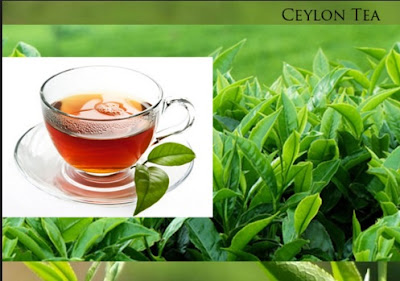PAZ MISSION
Elon Musk is the founder, CEO and lead designerat Space Exploration Technologies (SpaceX), where he oversees the development and manufacturing of advanced rockets and spacecraft for missions to and beyond Earth orbit.
SpaceX is now targeting a Falcon 9 launch of the PAZ satellite to low - Earth orbit on Thursday, February 22 from Space Launch Complex 4 East (SLC-4E) at Vandenberg Air Force Base, California. The February 21st attempt was scrubbed due to strong upper level winds. The instantaneous launch opportunity is at 6:17 a.m PST or 14:17 UTC. The satellite will be deployed approximately eleven minutes after launch.
Falcon 9's first stage for the PAZ mission previously supported the FORMOSAT-5-mission from SLC-4E in August 2017. SpaceX will not attempt to recover Falcon 9's first stage after launch.
The PAZ satellite, which will be used by Hisdesat and Airbus, is equipped with advanced radar and will be orbit Earth 15 times a day over its five-and-half-year mission, producing images of resolutions down to 10 inches, regardless of weather conditions. It will travel 4.3 miles per second at an altitude of 320 miles.
Meanwhile, the two microsatellite will be the vanguard of a fleet of 4,425 spacecraft orbiting between 600 and 800 miles above Earth, part of an effort to blanket the planet in high- speed internet, Wired reported.
THE FALCON HEAVY NOW HOLDS THE TITLE FOR THE WORLD'S MOST POWERFUL ROCKET, and its launch marks the first time a vehicle this massive has ever been sent up by a commercial company. It boasts 27 engines, more than any other working rocket has ever used, which together create a combined 5 million pounds of thrust at liftoff. That means the Falcon Heavy can put around 140,000 pounds of cargo into lower Earth orbit, more than twice as much weight as any other operational rocket. This powerful vehicle could open up entirely new types of business for SpaceX: launching heavy national security satellite or even sending large moduels or people into deep space.
A spaceX Falcon 9 rocket will launch the Paz satellite for Madrid-based operator Hisdesat, becoming Spain's first radar observation satellite as part of the National Earth Observation Program. The satellite is completing a multi-purpose mission, collecting radar imagery for application ina national security and defence, civillian applications, science and commercial exploitation. The 1,400 kilogram satellite carries an X- Band Synthetic Aperture Radar capable of delivering imagery at a ground resolution of one meter, capturing around 200 scenes per day. Paz was originally planned to fly on a Dnepr booster, but as the vehicle fell victim to the political conflict between the Ukraine and Russia the mission was moved to a SpaceX Falcon 9 after encountering nearly three years of delays.
References :
www.spacex.com
https://spaceflight101.com
www.theverge.com




Comments
Post a Comment